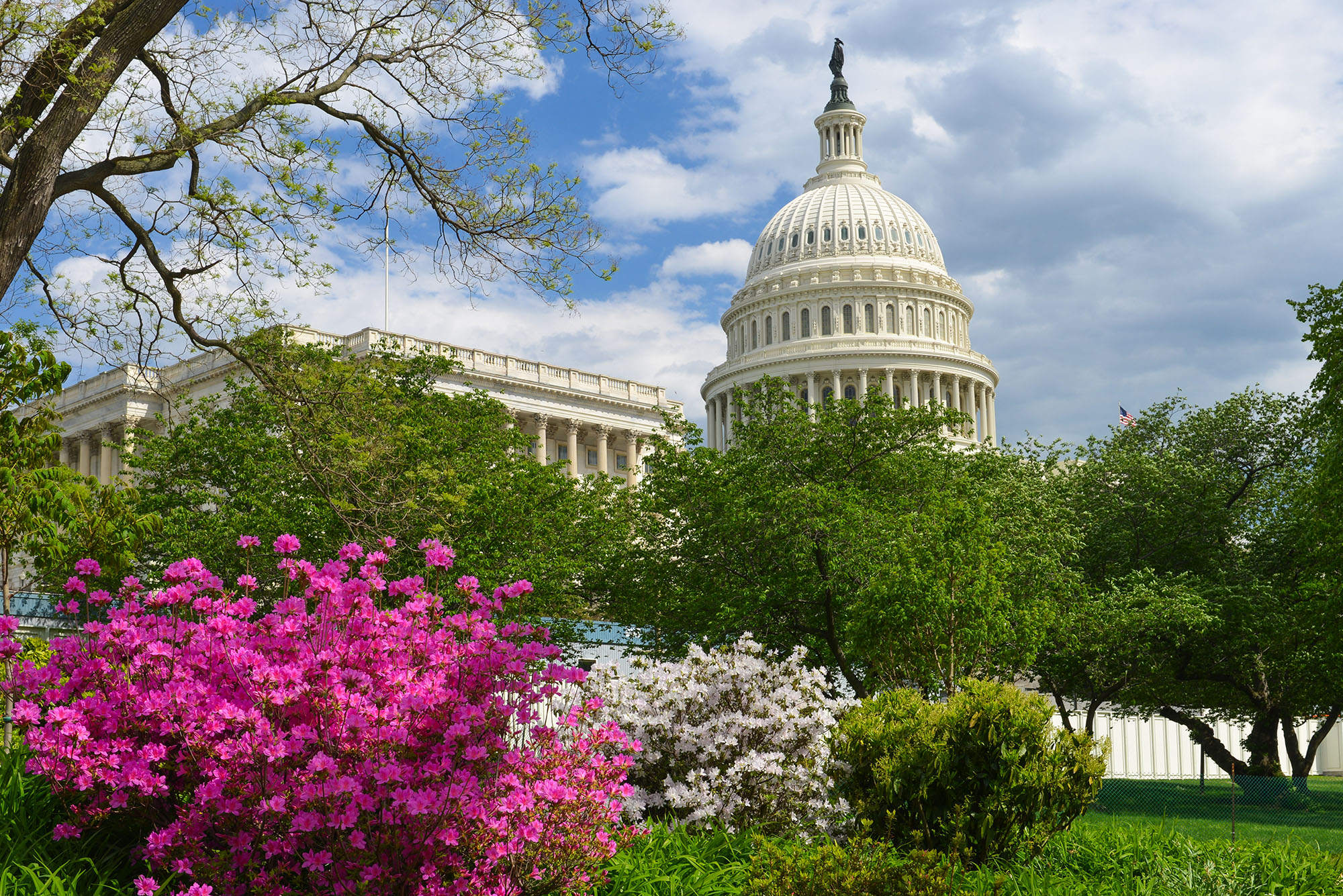
Leveraging Enhanced Federal Conservation Programs to Support On-the-Ground Conservation
by Rebecca Judd, Program Officer – Conservation
While the Gaylord and Dorothy Donnelley Foundation is a place-based foundation in the Chicago region and the Lowcountry of South Carolina, in a time of challenge from 2017 to 2020, we recognized the compelling need to support advocacy at the national level to the promote the benefits of conservation programs that are vital to our two regions. These grants were allocated among three national and three regional existing grantees that have a strong presence in Washington, DC. The groups included Alliance for the Great Lakes, Ducks Unlimited, Environmental Law & Policy Center, Land Trust Alliance, Southern Environmental Law Center, and The Nature Conservancy. The grants were significant, totaling $500,000 per year over the three years, and paid huge dividends.
While some funders have been reluctant to wade into the policy arena, important work can be done without crossing the IRS legislative lobbying line. Our educational advocacy support played a modest but critical role in supporting notable improvements to four federal conservation programs, far beyond what might have been predicted over the chaotic last four years. Several bedrock federal conservation programs with particular applicability in our two regions were maintained, and even strengthened, during this time, including:
-
- Federal Farm Bill Conservation Programs – The Farm Bill is the largest federal source of conservation funding, and in the 2018 reauthorization, provided about $5 billion over its five-year term. These federally administered programs provide funding to support agricultural land, grassland, and wetland reserve easements and other eligible conservation activities, resulting in significant opportunities in our two regions, particularly for the greater Chicago region which remains nearly 50 percent farmland.
-
- Land and Water Conservation Fund – In 2020, LWCF was fully and permanently funded at $900 million per year to support efforts to protect and restore public land. This high level of funding is unprecedented. Since enacted in 1964, LWCF has channeled more than $70 million into conservation projects throughout the Chicago region ($213 million statewide), including Hackmatack National Wildlife Refuge, forest preserve sites, and Illinois DNR-managed areas. South Carolina has received $303.5 million in LWCF funding over the past five decades, protecting places such as Waccamaw and Ace Basin National Wildlife Refuges and Frances Marion National Forest.
-
- North American Wetlands Conservation Act – In 2020, NAWCA was reauthorized up to $60 million annually through FY2025, a significantly higher level than in the past. This U.S. Fish & Wildlife Service grant program provides matching funds to on-the-ground partners, including state DNRs, in local grassland and wetland conservation projects. Because South Carolina has more wetlands than any other state in the lower continental U.S., NAWCA’s five-year reauthorization is particularly significant to the Lowcountry.
-
- Great Lakes Restoration Initiative (GLRI) – GLRI is a U.S. EPA grant program that funds a variety of projects to improve the health of the Great Lakes ecosystem, including land restoration and natural infrastructure projects. In the most recent federal spending bill, GLRI was reauthorized for five years and had its funding increased, beginning at $330M in FY2021, then $375M in FY2022, and increasing $25M per year thereafter until it culminates at $475M in FY2026.
Although we applaud these extraordinary results, the opportunity to leverage these programs and “cash in” at the local level is just beginning. A focus on implementation is needed to support on-the-ground conservation projects in our communities that can meet a variety of land protection goals, including increased climate resiliency and other meaningful benefits to both nature and people. We look forward to supporting – in partnership with others – NGO engagement at all government levels, including with state DNRs and land managers, municipal conservation agencies, federal land representatives, local government leaders, and other influential decision-makers.


Sorry, the comment form is closed at this time.